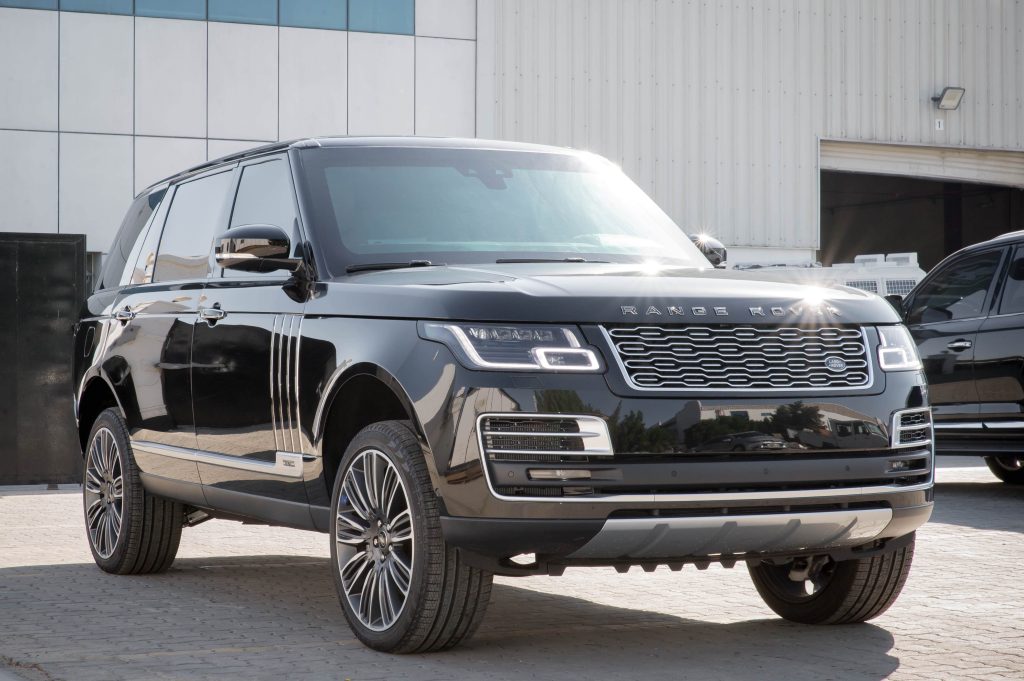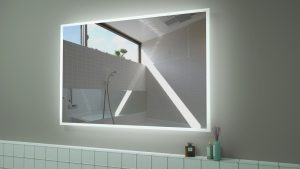Step-By-Step Guide To Armoring Your Car
2 min read
Armoring a car adds ballistic protection to the vehicle, increasing its ability to withstand attacks from firearms and explosive devices. While most people may associate armored vehicles with high-profile individuals such as politicians and celebrities, the reality is that anyone can have their car armored to enhance their safety and security. This article will provide a step-by-step guide to armoring your car. If you are into buying armored vehicles, always trust on Inkas Dubai.
Step 1: Choose a professional armoring company
The first step in armoring your car is choosing a reputable and experienced company. Look for a company specializing in vehicle armoring with a track record of producing high-quality products. Check for certifications and references to ensure the company is legitimate and trustworthy.
Step 2: Select the level of armor protection
The level of armor protection you choose will depend on your specific needs and requirements. Armoring companies typically offer different levels of protection, ranging from essential handgun protection to high-level protection against heavy-caliber rifle fire and explosive devices. Work with the armoring company to determine the appropriate level of protection for your vehicle.
Step 3: Remove the interior and exterior components
The armoring process requires removing the car’s interior and exterior components, including the seats, carpets, door panels, and headliners. This allows the armoring company to install ballistic protection materials and other necessary components.
Step 4: Install the ballistic protection materials
The next step is to install ballistic protection materials, including bullet-resistant glass, armor panels, and other specialized materials. These materials are designed to absorb and deflect the energy of an attack, providing increased protection to the vehicle’s occupants.
Step 5: Reinstall the interior and exterior components
Once the ballistic protection materials are installed, the interior and exterior components of the car can be reinstalled. This includes the seats, carpets, door panels, and headliners. The armoring company may also install additional features such as run-flat tires, upgraded brakes, and suspension modifications to enhance the vehicle’s safety and performance.
Step 6: Test and certify the armored vehicle
The final step is to test and certify the armored vehicle to ensure it meets the required safety standards. The armoring company should provide documentation of the testing and certification process, including ballistic testing, blast testing, and other safety tests.






